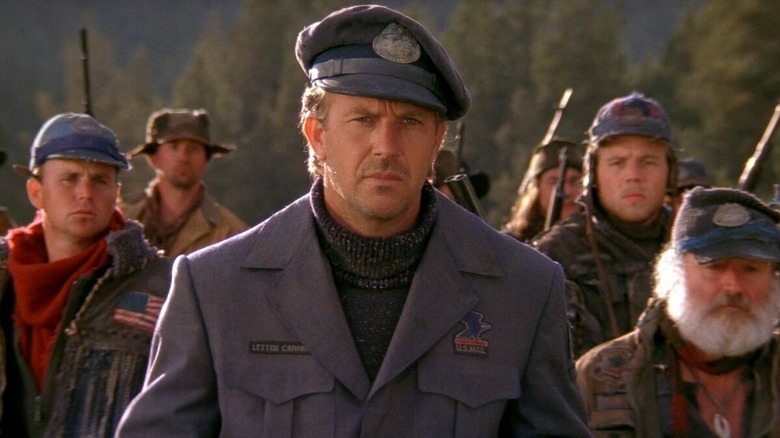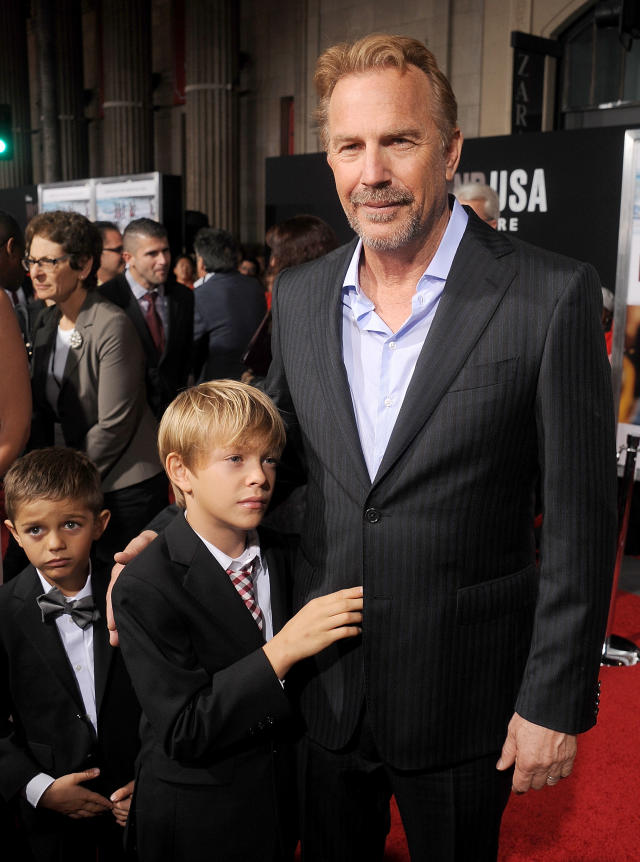In the early 1990s, Kevin Costner was one of Hollywood’s biggest stars, riding high on hits like Dances with Wolves and Robin Hood: Prince of Thieves. But in 1995, his career faced a major test with the release of Waterworld, a post-apocalyptic adventure set on a flooded Earth where humanity struggled to survive on floating communities. The film was plagued by production issues, including a skyrocketing budget, bad weather, and technical setbacks during filming on water. Originally budgeted at around $100 million, Waterworld ballooned to $175 million, making it one of the most expensive films ever made at the time.
When Waterworld hit theaters, the response was mixed. Critics were lukewarm, and audiences were underwhelmed. Although the film eventually made some profit thanks to international audiences and home video sales, it was initially labeled a box office flop in the U.S. The financial hit, coupled with the media labeling it “Kevin’s Gate” (a nod to the infamous Heaven’s Gate disaster), almost ended Costner’s career, casting doubt on his future in Hollywood.
Despite this setback, Costner rebounded with other projects and eventually reclaimed his place in Hollywood with films like Tin Cup, The Postman, and Message in a Bottle. But Waterworld remains a cautionary tale of Hollywood ambition gone awry and a reminder of the risks associated with pushing cinematic boundaries.




